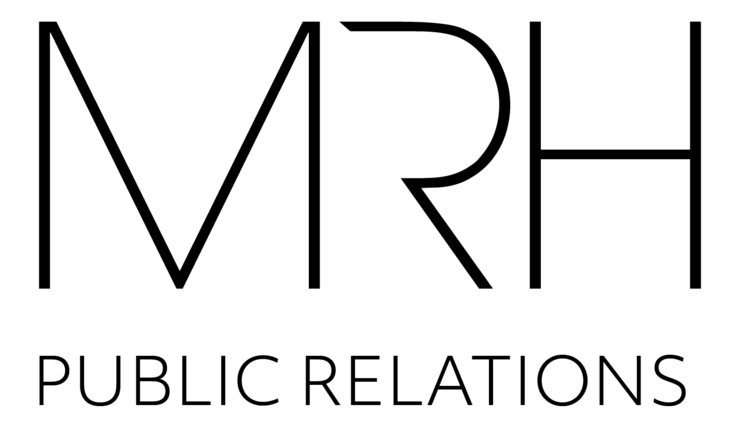When I hear health experts telling us to eat more vegetables and whole grains and less meat and processed foods, I get a bit overwhelmed—and my diet is fairly healthy. I can only imagine what this advice sounds like to people who are time-crunched and resource-limited.
Making healthier food choices is considerably easier for affluent consumers, who can order meal kits or buy high quality prepared foods. But for much of the population, the prospect of buying all organic and cooking with unfamiliar foods like quinoa, kale and alternative proteins must seem like a bridge too far.
So the experts behind the new Planetary Health Diet were wise to accompany their life- and planet-saving food guidelines with calls for affordable healthy foods and more consumer education. Simply telling consumers to shop in the produce section instead of the processed food aisle and to cook from scratch isn’t realistic.
Close the Nutrition Education Gap
Improving access to healthy food does not automatically translate into better food choices and improved health. Studies have shown that local eating habits are not significantly impacted when grocery stores are opened in food deserts—many low-income consumers instead continue to purchase foods of low nutritional value. Food-buying behaviors are ingrained and difficult to change.
Researchers say it’s not proximity to healthy food but deeper, more fundamental differences in education and nutritional knowledge that shape eating habits and in turn, impact health. To achieve the ‘Great Food Transformation’ the EAT-Lancet Commission envisions, we’ll need to close that nutrition education gap by providing know-how where consumers live and shop.
If I were PR counsel advising for the commission and its stakeholders, I’d be looking for a high-profile athlete or celebrity to champion a healthier way of eating. I might team that person with a collaborator from the culinary field—a ‘Top Chef’ if you will, for the every man and woman.
Imagine the impact of videos of LeBron James talking about how healthy food fuels his performance in FB and IG feeds. Or a video of Gordon Ramsay embedded among the produce in grocery stores, doing a demo on how to simply cook in-season vegetables—along with tastings and weekly specials .
No doubt there are plenty of cooking videos already on YouTube. But many are overly complicated or tout diets that are unrealistic for the average consumer. We need inspirational, common-sense nutritional messaging that can rise above a staggering amount of misinformation and compete against mega million-dollar advertising budgets for fast food and snack brands.
Make Healthy, Sustainable Food a Trending #
To inspire consumers to re-think their food choices to improve their own health and that of the planet, we’ll need top-shelf social influencers who are able to catapult healthy, sustainable food into the national zeitgeist. Someone as physically accomplished as LeBron could help connect the dots between nutrition and human potential. Combined with the culinary authority of Ramsay, this is the kind of team that could make healthy, sustainable food go viral.
But harnessing the power of social media and re-shaping the retail food environment and are just some of what it will take to change food-buying habits. With an obesity crisis and growing incidence of diabetes, we also need to reprioritize health-related school programming to help future generations establish healthy eating patterns from an early age.
Bring Back Home Ec
We need to put a fresh spin on ‘home economics’ and make the class mandatory again in secondary school, while developing additional programming for primary students. With a focus on testing and shrinking budgets, home ec—now called Family and Consumer Sciences (FCS)—has become an elective in many states with only a third of secondary students participating, according to the American Association of Family and Consumer Sciences. Agriculture is the largest economy in our country, yet FCS teachers lament many students still don’t know where their food comes from.
That truth is borne out here in Chicago, where the non-profit Purple Asparagus visits 16 schools every month to talk about fruits and vegetables with first and second graders, some of whom have never seen a strawberry or a kumquat (to be honest, I’m not sure I could pick out a kumquat).
“Our goal is to get kids started on a healthy relationship with fruits and vegetables,” says Purple Asparagus Founding CEO Melissa Graham. “We want to inspire a life-long love of good food.”
The “Delicious Nutritious Adventures” program allows children to taste, prepare simple recipes and learn about foods they might otherwise reject.
Children who have participated in the program say they become more open to trying new foods and actually enjoy eating fruits and vegetables. They also bring what they learn from Purple Asparagus home, which in turn inspires parents to prepare more vegetables for the family.
Graham says the key to the program’s success is making the experience fun and enjoyable. With more funding, she hopes Purple Asparagus will be able to reach even more Chicago school children.
“We emphasize eating food that tastes good and that’s good for the body and the planet,” she says.
What a great way to jump-start the plant-based food revolution.
#FoodEducation #HealthyKidsFood #ChicagoSchools #FoodLiteracy #LeBronJames #GordonRamsay #EatLancet #plantbased #HealthyEating












